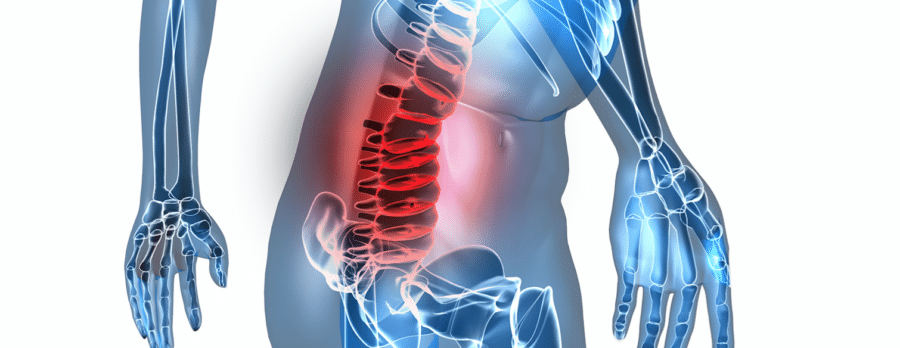
Let’s look at what a bulging disc is, how it affects your body, and how it’s treated. Abdominal pain can be a sign of other issues,...

Among the many questions that people with sciatica have is: does gabapentin help sciatic pain? Does gabapentin give immediate pain relief? And how long does it...
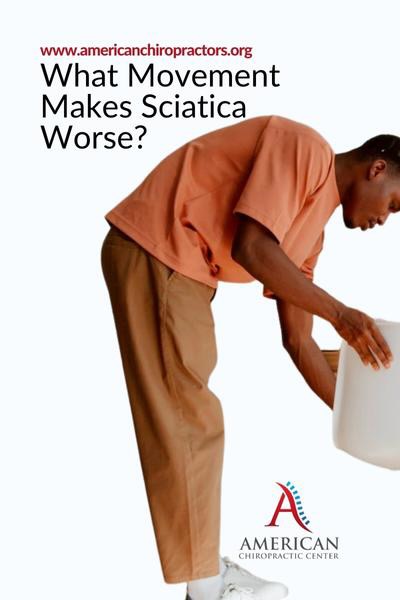

For those who suffer from sciatica, the pain can be unbearable. The pain can radiate from the lower back all the way down the leg. For...
A burning sensation in the thigh can be caused by a variety of things. It could be something as simple as a muscle cramp or it...
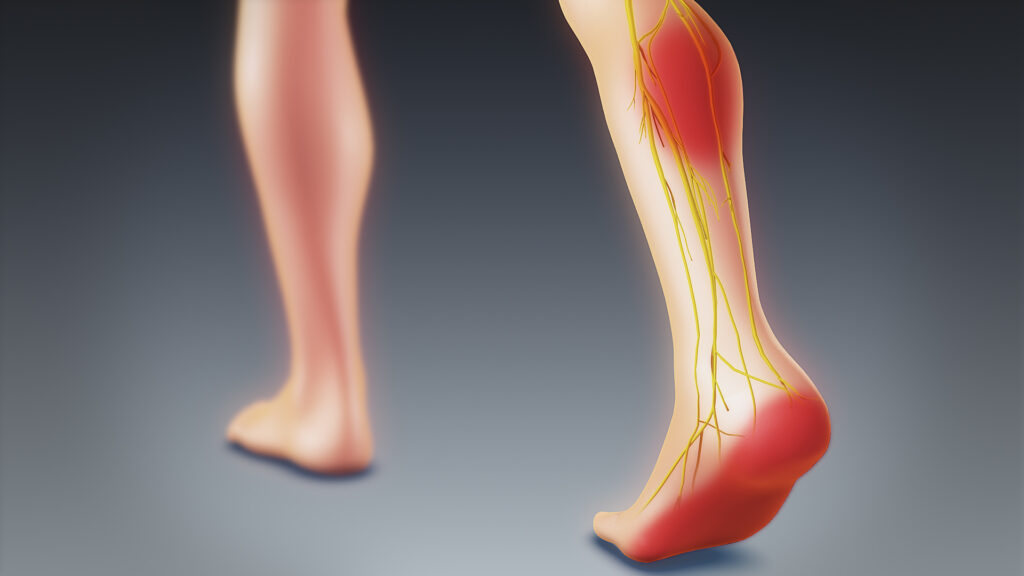
Numbness in the feet can be a sign of sciatica, which affects the nerves in the lower back and down to the foot. People with this...

If you have sciatica, you may be wondering how sciatica pain in the groin feels. Fortunately, this condition can be treated in a variety of ways....
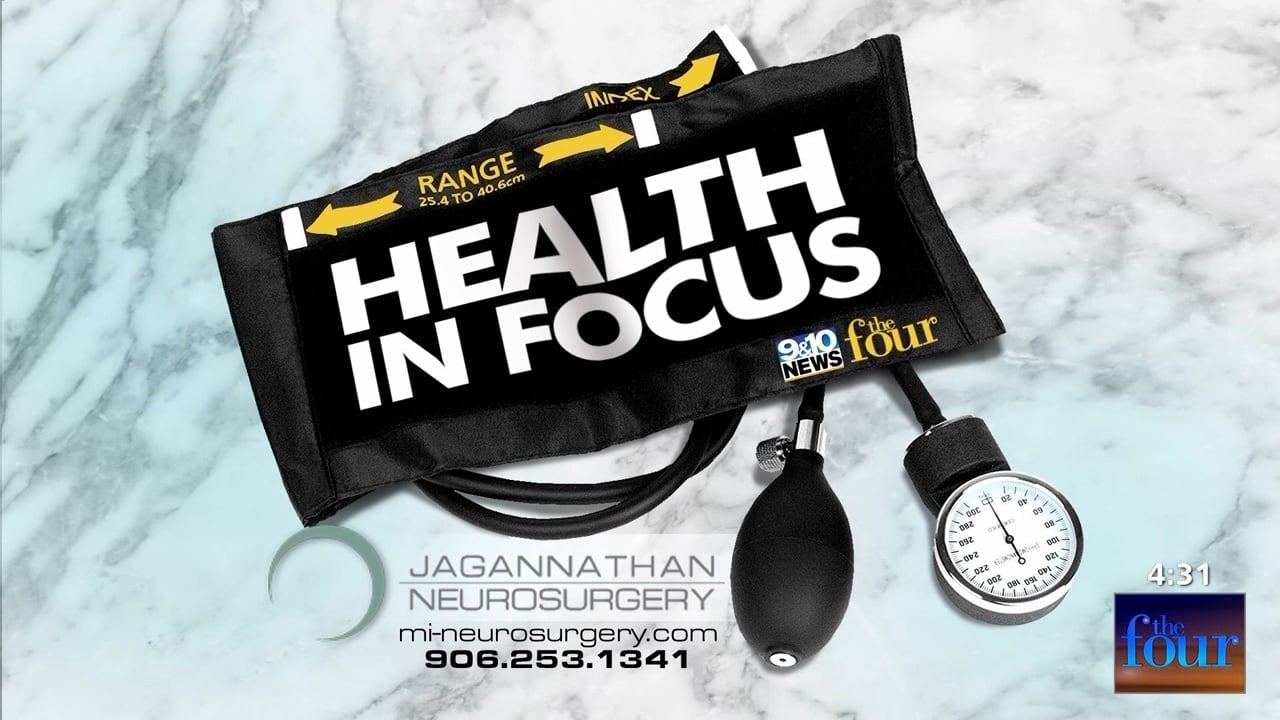
November 2 2022 For a continuation of the discussion on minimally invasive procedures Dr. Jagannathan joins us live to discuss more details about them in relation...
If you are experiencing pain in the lower leg, you may be wondering, “What side is my sciatic nerve on?” There are a few things to...
Mike Tyson suffers from a nervous disorder called Sciatica. “Iron Mike” is among the most famous boxers to ever take to the ring. His knockout victories...
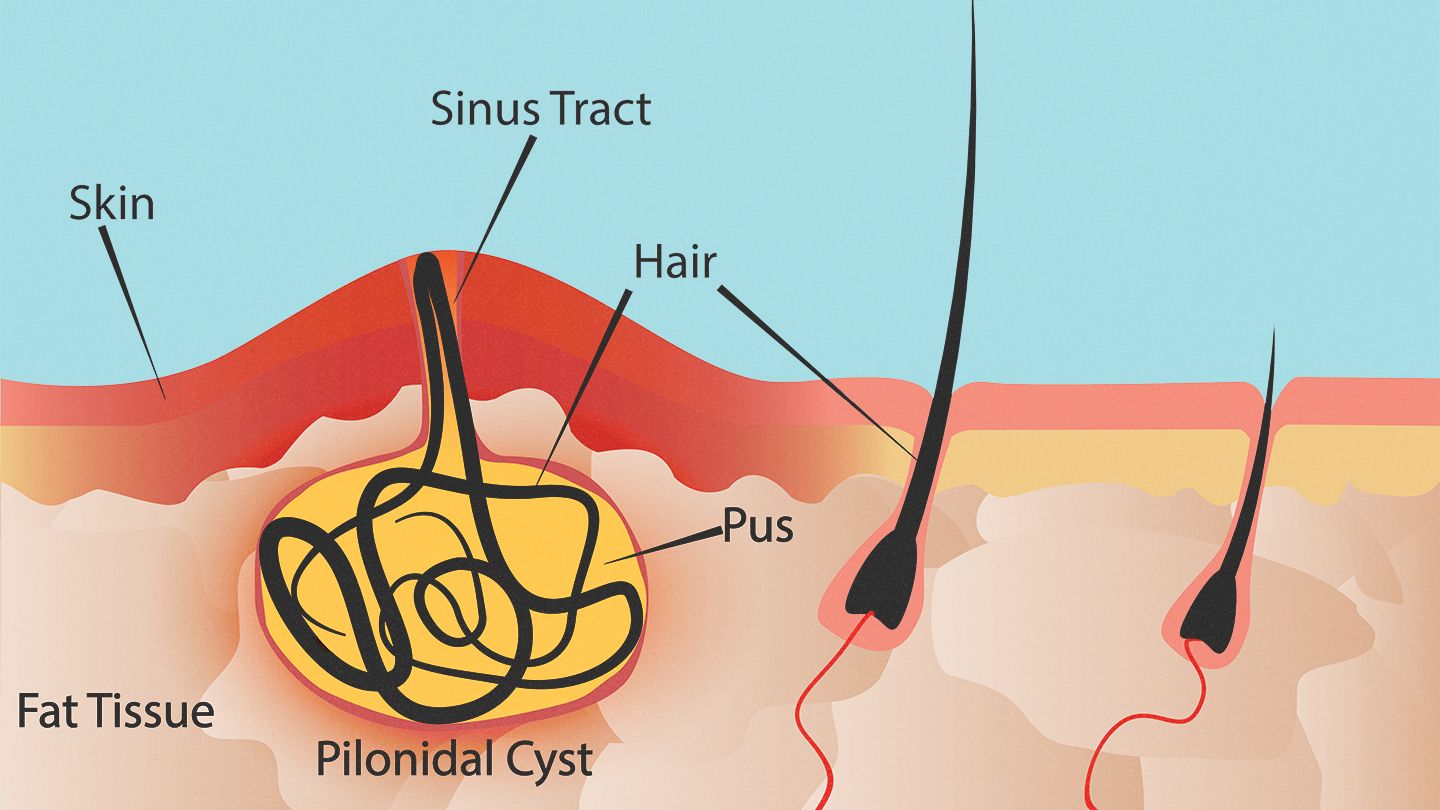
Pilonidal cysts can be extremely painful. Although they are most common in young men, children can also suffer from this condition. You can also find home...